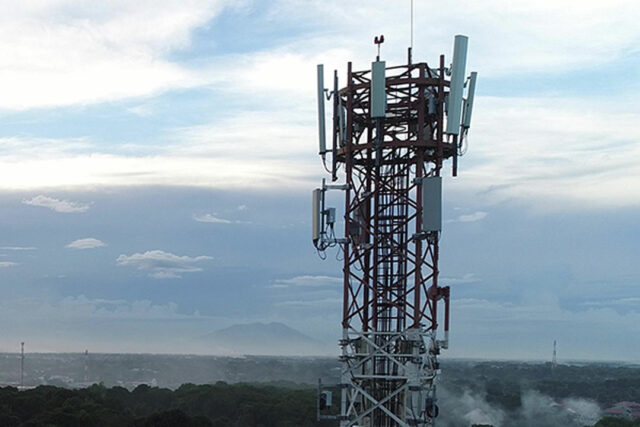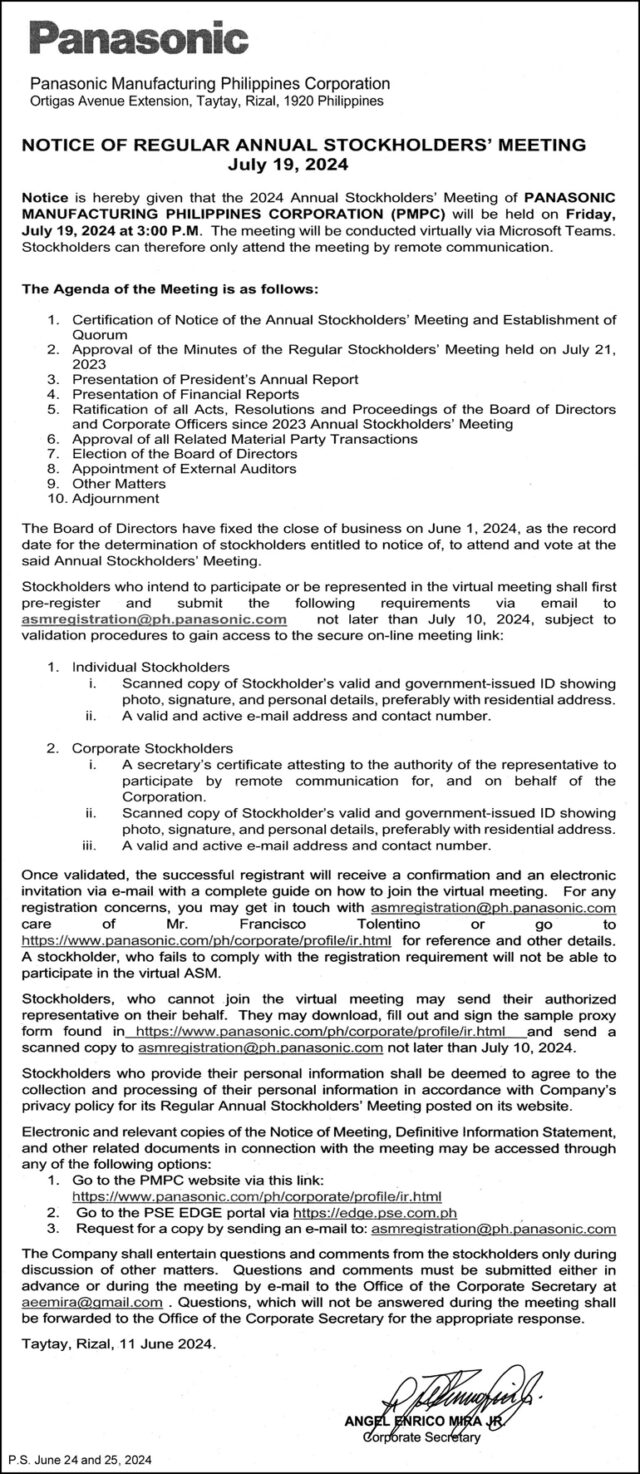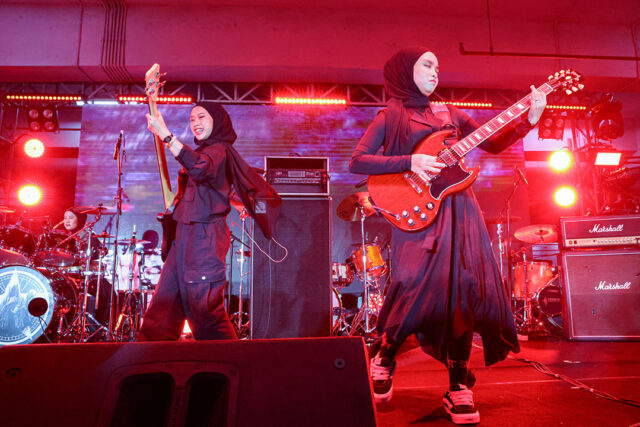Philippines has 25-year window to reap benefits of young population — WB
THE PHILIPPINES has to take advantage of the changing population structure in the next 25 years, when the working-age population will outnumber dependents, according to the World Bank (WB).
“The country has a 25-year window to harness the benefits of a changing population structure. So, the country will have a larger working-age population relative to dependents,” Toni Joe Lebbos, World Bank economist for human development, East Asia and the Pacific, said at a forum on Monday.
“If we invest today wisely in education, health, and jobs, this demographic shift can boost economic growth. This is a chance to stress that this opportunity won’t last forever and not taking action now would mean missing out on a lot of benefits,” he added.
The Philippines’ latest Human Capital Index (HCI) stood at 0.52, which means that a child born in 2020 can only achieve about 52% of their productive potential by the age of 18. This is lower than the average HCI of upper middle-income economies at 0.56.
The HCI measures the health, education, and training of individuals — indicators deemed crucial to a country’s economic growth.
“In our aging region, the Philippines’ human capital provides an important lifeline of services that are needed for growth. Yet the Philippines is only utilizing only half of its human capital investment,” Mr. Lebbos said.
According to the World Bank, key challenges affecting the Philippines’ human capital include high fertility, limited and unequal access to education and healthcare, poor learning outcomes, low-quality jobs and skills, persistent poverty and inequality, and vulnerability to global headwinds like climate change and pandemics.
For the Philippines to realize its human capital potential, it must invest in the development of children below 10 years old, the World Bank said in its latest report.
“To ensure optimal start in life for every child as a foundation for boosting human capital, holistic services in the early years including maternal and child health, nutrition, early education and stimulation, development of foundational skills, and social protection in the first 10 years are paramount,” it said.
The World Bank said the Philippine government must also improve the delivery of social protection services.
Local government units (LGUs) have a key role in ensuring on-the-ground investments for human capital, it said. Disadvantaged LGUs, especially those farther from the capital region, are at risk of losing about 26 percentage points of human capital potential, it added.
“The LGUs that have lower indicators seem to be hindered by capacity and governance challenges that often lead to inequitable access to services, and unequal access to services,” Mr. Lebbos said.
Asked which policies can support the development of human capital, National Economic and Development Authority (NEDA) Secretary Arsenio M. Balisacan suggested a possible expansion of the government’s conditional cash transfer program to support out-of-school children.
During the forum, Mr. Balisacan called on lawmakers to approve the Academic Recovery & Accessible Learning Program, which mandates students to take refresher courses in the summer break and address the learning gap. It also backed the passage of the Enterprise-Based Education and Training Framework Act to fit workers’ skills to industry demands.
Meanwhile, the World Bank also expects the country to reach upper middle-income status by 2026, but its key human capital indicators remain below the average of such an income class.
“Whether the Philippines will reach a high-income economy and developed status will really depend on investment in human capital today,” Ndiamé Diop, World Bank country director for Brunei, Malaysia, Philippines and Thailand said during the forum.
The multilateral lender classifies the Philippines as a low middle-income economy, but the government is hoping it can gain upper middle-income status by next year.
Upper middle-income economies have a gross national income per capita of $4,466 to $13,845, according to the World Bank. — Beatriz Marie D. Cruz













